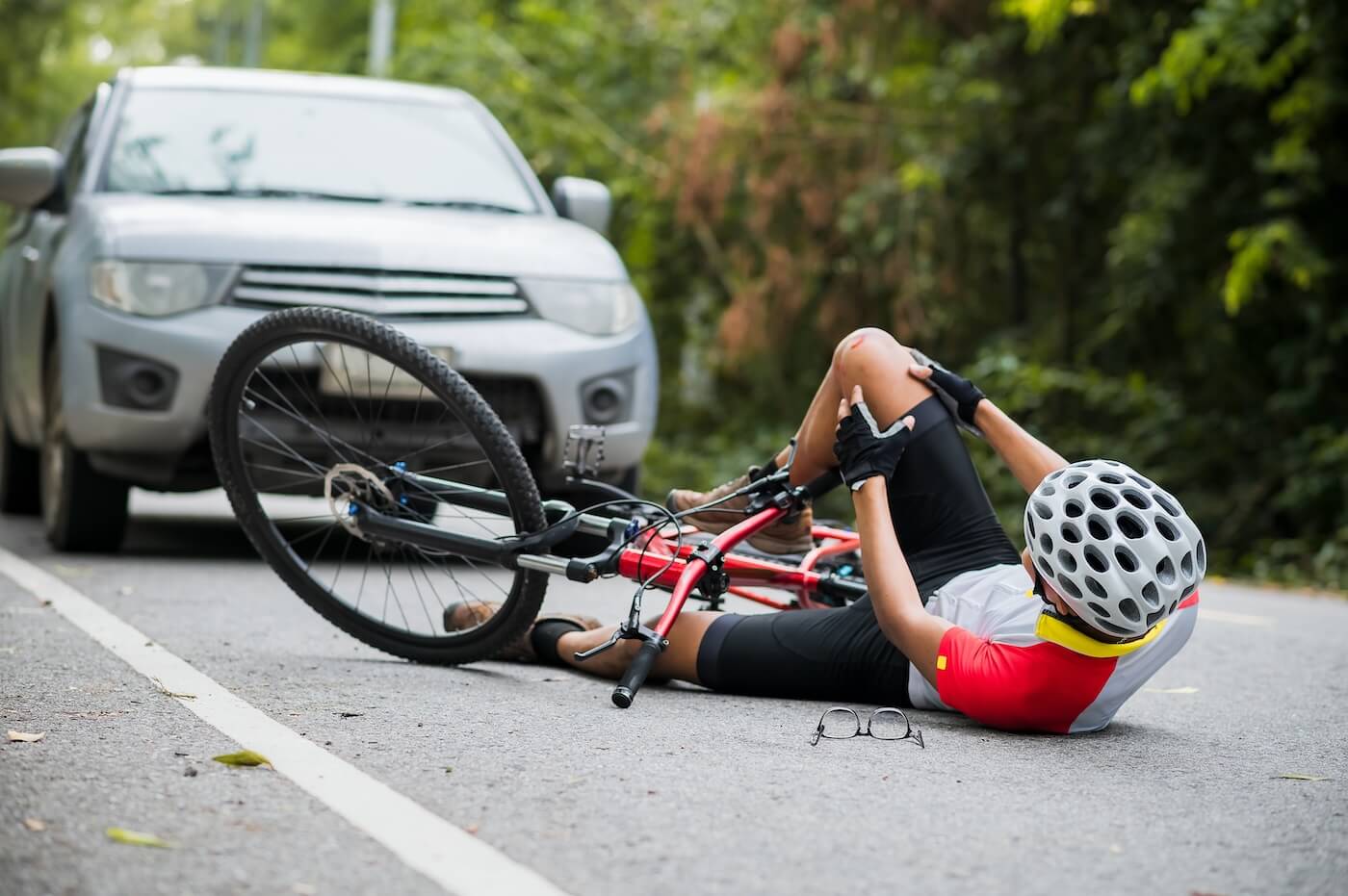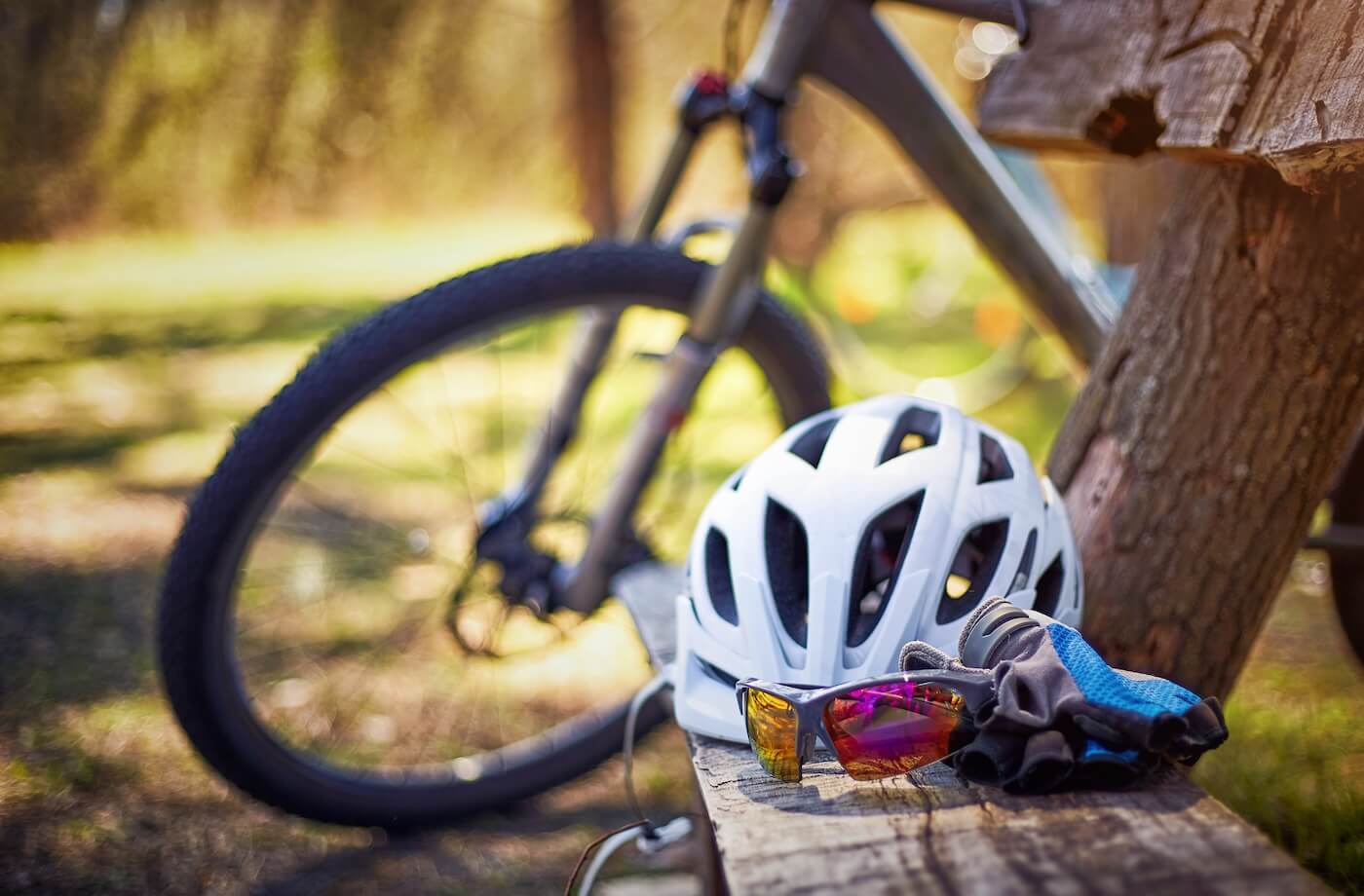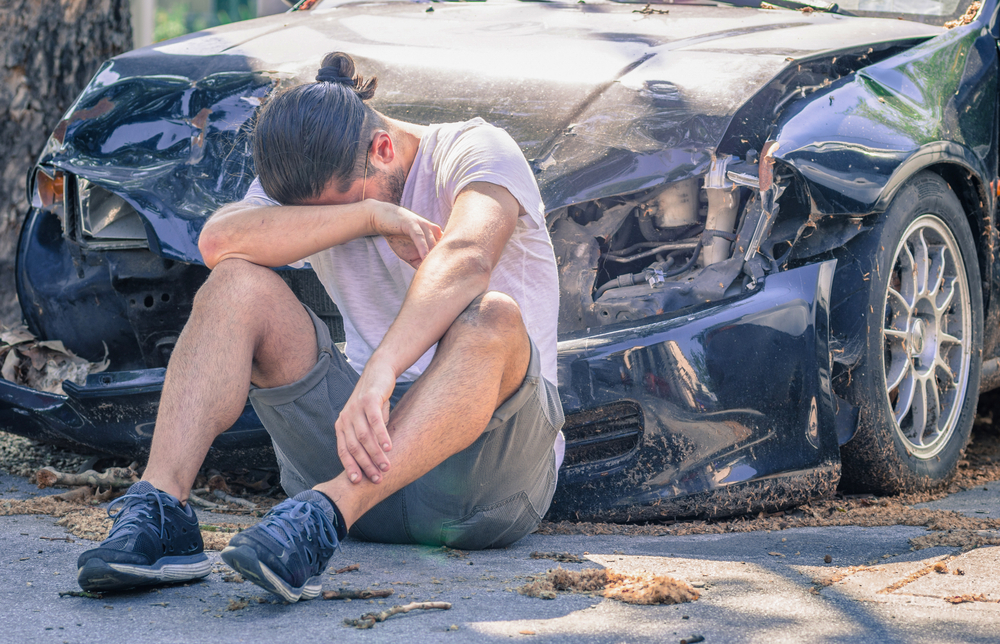Common Causes of Bicycle Accidents in Urban Areas

Written by Molly A. Ullrich

Bicycle accidents are a common risk in urban environments where traffic is dense and unpredictable. You face hazards from vehicles, pedestrians, and road conditions that can all contribute to crashes. Understanding the main causes helps you stay safer while riding.
The most frequent causes of bicycle accidents in cities include distracted driving, failure to yield, and unsafe road conditions like potholes or inadequate bike lanes. These factors increase the chance of collisions and injuries. Being aware of these risks can help you make smarter choices on the road.
Major Causes of Urban Bicycle Accidents
Distracted Driving
Distracted driving is a leading factor in urban bicycle accidents. Drivers using phones, eating, or adjusting controls often fail to notice cyclists nearby. This inattention reduces reaction time, increasing the chance of collisions.
You must be cautious around vehicles that show signs of distraction, such as swerving or slow braking. Even brief lapses in attention can lead to serious accidents. Cyclists should use clear signals and maintain eye contact when possible to alert drivers of their presence.
Inadequate Bicycle Lanes and Infrastructure
Lack of proper bike lanes forces riders to share narrow roads with motor vehicles, raising their risk. Poorly marked or interrupted bike lanes cause confusion and sudden lane changes by both cyclists and drivers.
Urban areas with insufficient bike infrastructure make navigating intersections and turns more hazardous. Protected bike lanes and dedicated traffic signals significantly reduce conflicts. You should seek routes with clear, continuous lanes when possible and be extra vigilant where bicycle paths end abruptly.
Poor Road Conditions
Potholes, debris, and uneven pavements directly impact your control and stability. You might swerve unexpectedly to avoid hazards, putting you in the path of moving vehicles.
In older parts of cities, drainage grates or cracked surfaces often catch bike wheels and cause falls. Wet or icy patches further increase danger. Staying alert to road conditions ahead allows you to adjust your speed and position safely.
Frequent Accident Types and Contributing Factors
You face specific risks when cycling in urban environments, especially where vehicle movements and cyclist paths cross. Two common accident types involve critical interactions between cars and bicycles that you should recognize for safer riding.
Right-Hook Accidents
Right-hook accidents happen when a vehicle traveling behind you turns right at an intersection or driveway, cutting directly into your path. This usually occurs because drivers fail to notice riders continuing straight while they prepare to turn. Key factors include:
- Inadequate lane positioning on your part or the driver’s misunderstanding of your intended route.
- Limited visibility due to blind spots or distractions within vehicles.
- Lack of clear bike lane markings or signals indicating intent.
You can reduce risk by staying visible, using hand signals, and positioning yourself correctly in the lane. Anticipate vehicle turns by observing their brake lights and movement cues.
Dooring Incidents
Dooring happens when a parked vehicle occupant suddenly opens a door into your travel lane without warning. This leaves you little time to react, often causing collisions or forcing abrupt maneuvers. Important aspects are:
- Parking spots close to bike lanes or the road’s edge increase danger zones.
- Drivers and passengers not checking mirrors or blind spots before opening doors.
- High urban density raises the frequency of this hazard.
When riding near parked cars, maintain a safe distance to avoid the “door zone.” Watch for open doors or occupants preparing to exit and adjust your speed accordingly.
Preventative Measures and Cyclist Safety
You can reduce your risk of accidents by understanding traffic rules and adopting safety habits. Using protective gear and following laws both contribute to safer urban cycling.

Traffic Laws and Their Role in Accident Prevention
Traffic laws set clear rules for where and how you ride. Obeying speed limits, stopping at red lights, and using designated bike lanes keeps you predictable to drivers. Right-of-way regulations help prevent collisions at intersections. You must signal turns with hand signals to inform others of your intentions.
Helmet laws vary, but wearing one protects against head injuries. Knowing local regulations also includes using lights and reflectors at night to increase visibility. Being aware of laws prevents fines and reduces the risk of accidents caused by miscommunication between cyclists and motorists.
Cyclist Safety Strategies and Gear
You should always wear a helmet that fits properly to lower injury risk. Bright and reflective clothing makes you stand out, especially in low-light conditions. Use front and rear lights on your bicycle during dusk or darkness. Mirrors help you monitor rear traffic without turning your head.
Regularly checking your brakes and tire pressure prevents mechanical failures that can cause crashes. Keep your bike well-maintained for safe operation. Adopting defensive riding techniques, such as scanning for hazards and avoiding blind spots, helps you react to unexpected dangers quickly.
Legal Considerations and Support After Bicycle Accidents
When you are injured in a bicycle accident, understanding your legal rights and the assistance available to you is crucial. This includes knowing how to protect your interests and navigate the claims process effectively.
Rights of Injured Cyclists
In Denver, you have specific legal rights after a bicycle accident. You can seek compensation for medical bills, lost wages, pain and suffering, and property damage. It is important to report the accident to the police promptly and document the scene with photos and witness contacts.
You also have the right to consult an attorney before speaking to insurance companies. Insurers may try to minimize payouts, so understanding your rights protects you from accepting unfair settlements. Keep track of all medical records and expenses related to your injury to support your claim.
How Smith & Weidinger PLLC Can Help
Smith & Weidinger PLLC specializes in representing injured cyclists in Denver. We offer experience in handling insurance negotiations, gathering evidence, and building strong cases for fair compensation. Our firm works on a contingency fee basis, meaning you pay only if we recover money for you.
We provide personalized support, explaining the legal steps clearly and ensuring deadlines are met. Our knowledge of local laws and procedures helps prevent costly mistakes. By working with us, you gain an advocate focused on maximizing your recovery and reducing your stress during this process.
Note: The information provided in this blog post has been compiled from publicly available and secondary sources. While we strive for accuracy, some details may become outdated or contain inadvertent errors. If you believe any information is incorrect or requires updating, please contact Smith & Weidinger so that we may review and make the appropriate corrections.
Disclaimer: This blog post is for informational purposes only and is not intended as a solicitation for business. The photo used is not from the scene of the incident described. Viewing this content does not create an attorney-client relationship with Smith & Weidinger. If you have been injured in an accident, please seek immediate medical attention and then consult with a qualified attorney to discuss your legal rights and options.










